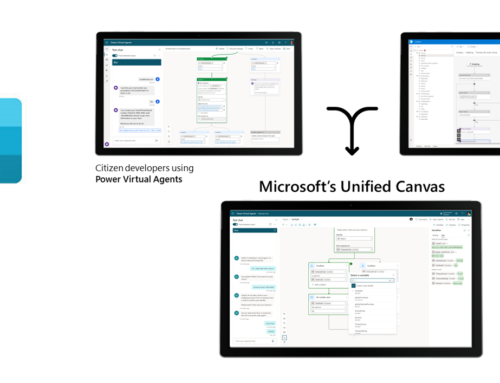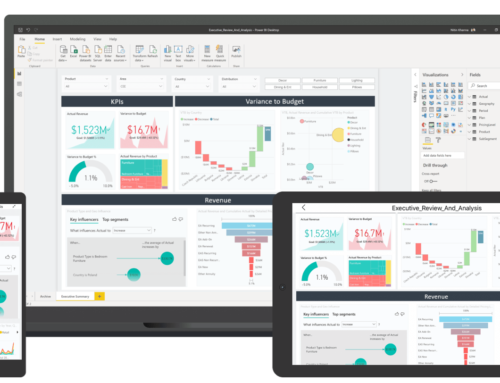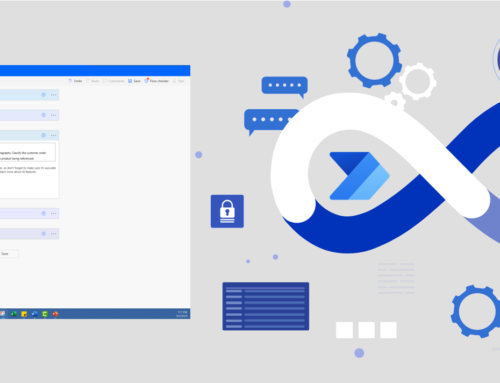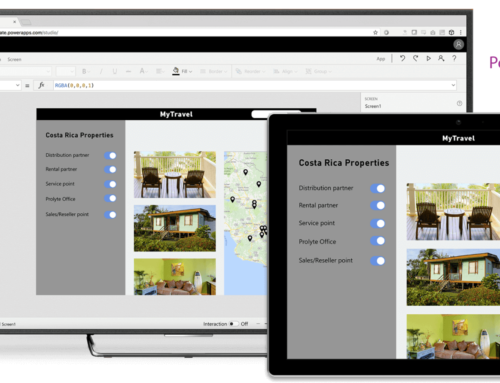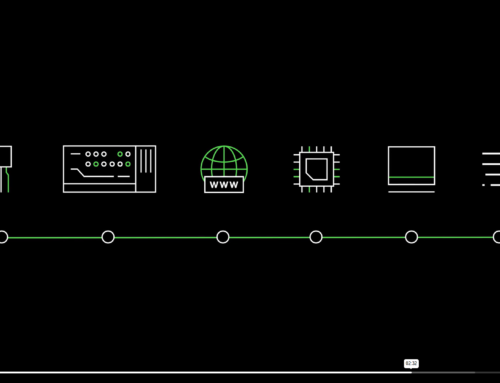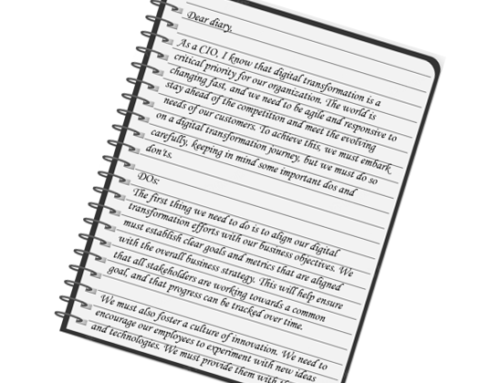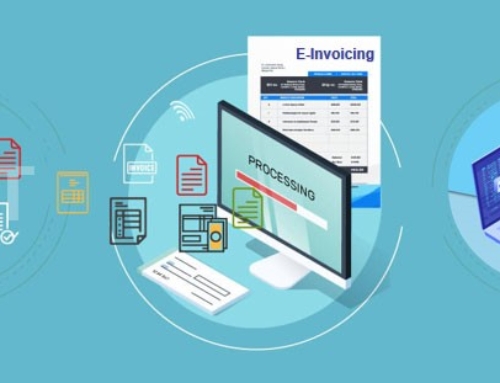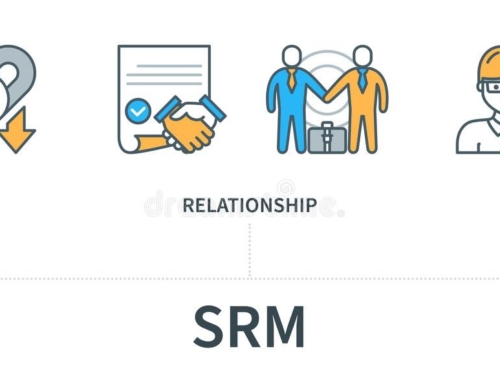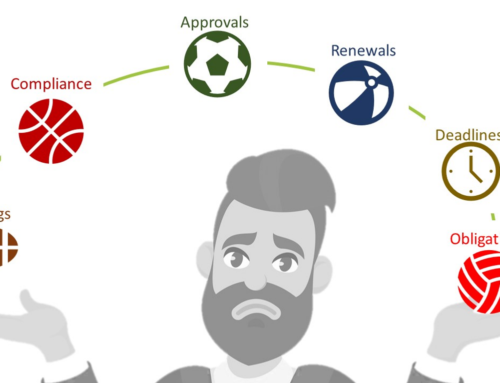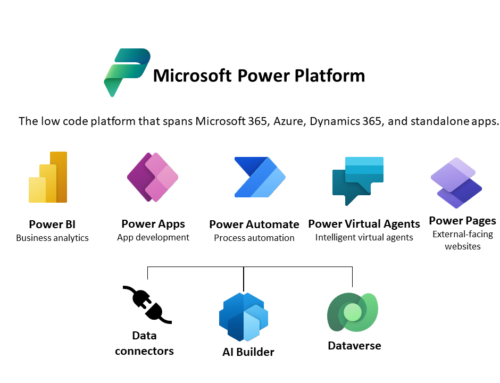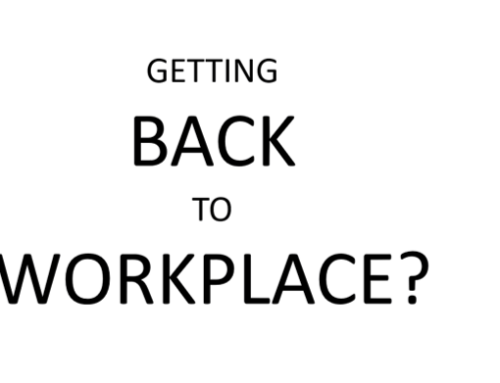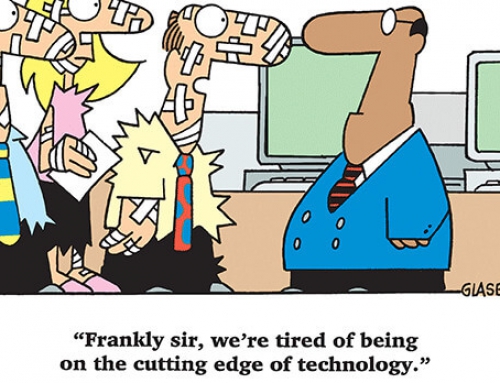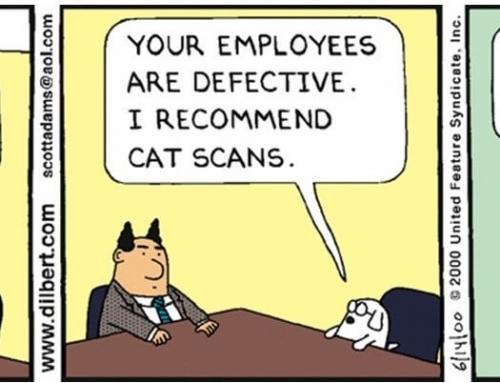How do we explain that the usage of email continues to grow despite companies having implemented collaboration tools?
Collaboration tools have been around for over a decade. From good old Sharepoint to the new kids on the block – Teams, Slack, Jam, Workplace, there has never been a shortage of choice. Worldwide market for collaboration tools is growing at 13% CAGR and is expected to be US$ 49.51 Billion by 2021.
But there is a catch. These tools were supposed to replace email as the principal mode of collaboration. And that has not happened. Not yet. On the contrary, usage of business email has continued to grow, albeit at a slow pace of 3% CAGR.
So what is happening here? How do we explain that the usage of email continues to grow despite companies having implemented collaboration tools?
- Is it possible that the collaboration tools are delivering the benefits and the reasons for increased email usage is because of some other use cases?
- Or is it possible these tools are not the effective means of collaboration they promise to be?
- Or is it possible these tools are finding it difficult to break the old habits?
- Or is it possible that these tools are eating away at the usage of emails but the effect will be visible after a longer time lag?
Unfortunately, there are no authenticated findings on the subject but possibility (1) appears hard to accept as collaboration on a specific subject, project, document, meeting, etc. is a significant part of business email usage (both internal and external).
Possibility (2) too appears intuitively unlikely as email is indeed a poor tool for collaboration for a variety of reasons, e.g. version issues, inability to maintain the context while multiple team members work on a common subject, etc.
Possibility (3) may be contributing but aren’t the modern collaboration tools based on familiar usability approaches borrowed from social media – like, comment, share, mention, tag,… Indeed most users have a hands-on understanding of these approaches and their adoption for business purpose should not be difficult. In fact, in markets like India, WhatsApp is increasingly being used by employees (even in large organizations) for work purposes despite likely information security risks. Therefore, if it meets their needs and makes their lives easier, there is no reason to believe employees won’t let go of their email based way of working.
Possibility (4) is likely but we must remember collaboration tools have been around for over a decade – long enough time for such an effect to reflect on email usage.
So, what gives? I have an empirical explanation to offer. Based on the collective experience of my team (at Prosares) of implementing collaboration solutions for large enterprise customers for over 10 years (apologies for a bit of promo here 🙂 ), the answer appears to lie in one missing piece – SEAMLESSNESS.
Let me explain. The real life user experience for employees is still broken with currently available collaboration tools. An employee does not decide “Ok, I want to collaborate now. Let me go to XYZ collaboration tool.” Instead, she is interested in simply performing “my work” which may arise from multiple contexts and multiple applications / tools. Earlier, desktop was the principal device and “single sign-on” allowed employees to “click through” to various applications and e-mail served to bridge the gap.
The advent of collaboration tools has coincided with mobility and diversity of devices. Instead of serving to bridge the gap, these tools have become “yet another application” which the employee needs to access to perform her work.
Seamlessness lets employees perform their work – on a document, a task, a meeting deliverable, a request for approval, etc. – regardless of where they are, which device they are accessing – and without needing to clickthrough to multiple applications or contexts.
An employee does not decide “Ok, I want to collaborate now. Let me go to XYZ collaboration tool.”
Imagine an employee being provided access to such a virtual place to work where they would simply do their work in stead of figuring out which application they need to access. Of course it is early days and only time would tell how this assumption plays out. However, after having delivered such a solution to a few organizations, early signs do appear encouraging.
An unintended but very important advantage of this approach is that it pushes “technology”, “tools” and “platforms” to the background. The emergence of cloud computing has thrown open the enterprise applications space. Established leaders are having to acquire smaller SaaS vendors and adopt their offerings to this model. At the same time, a number of nimble & focussed players are looking to excel in smaller modules and eat away at the market share of the leaders. The seamlessness approach proposed here allows CIOs to hedge their risks. Even if in future an underlying platform were to be replaced by an alternative, it would have minimum transitional impact on the organization, especially on the employees’ day-to-day experience.
Update: Here are the next article in this series.
(Disclaimer: This article draws heavily from the work our team at Prosares does.)




